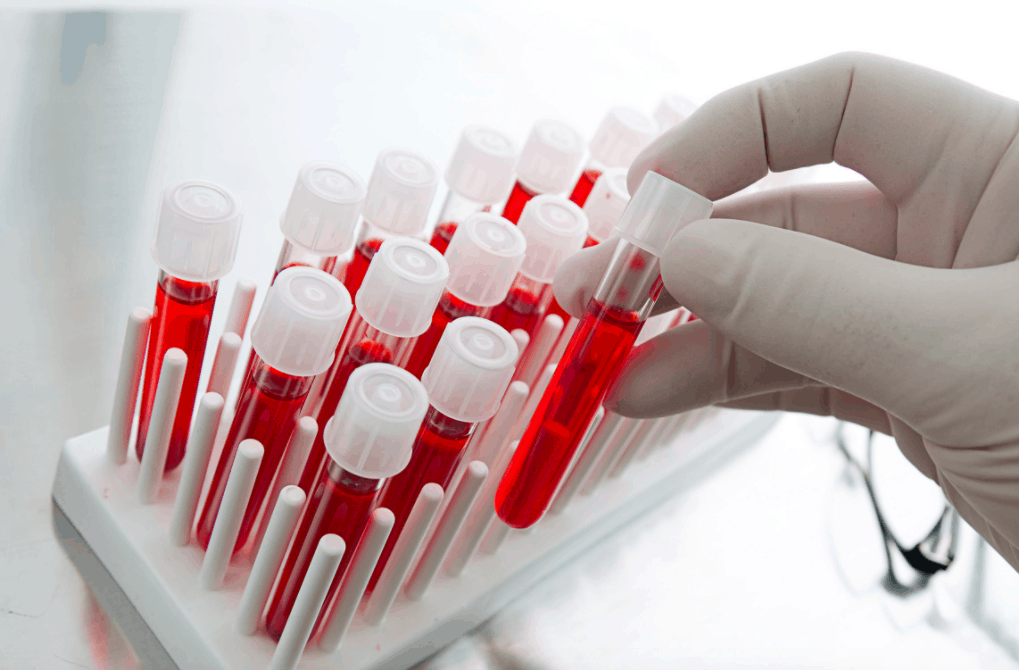When we talk about a free PSA (prostate-specific antigen) test, we’re not referring to the cost. Rather, a free PSA test is one that measures the level of unbound (free) PSA in the bloodstream. This information is helpful for physicians when they are diagnosing conditions such as prostate cancer and prostatitis (inflammation of the prostate).
What is free PSA?
Free PSA is the amount of PSA present in the bloodstream that is unattached to any other proteins. This is unlike a total PSA test, which measures all the PSA, including the antigens that are attached and those that are floating freely. Doctors may order a free PSA test after you already have had a total PSA if they want to rule out cancer or to identify if prostate cancer has advanced after treatment. A free PSA test also can be used before a prostate biopsy to help a doctor confirm a diagnosis.
What you should know about a free PSA test
A free PSA test has a high rate of false positives, which means you may get a result that is lower than the levels actually are. Sometimes the free PSA levels are too low to indicate a problem and a man may still have prostate cancer. Overall, a free PSA test, just like a regular PSA test, is not foolproof.
Therefore, if you undergo a free PSA test, understand that the results should be considered along with the findings of other tests. A free PSA test is just one tool in an arsenal of many options when trying to diagnose prostate issues.
Doctors usually order both a total PSA and a free PSA test at the same time, since the results of both tests are compared and then interpreted to better determine a man’s risk of prostate cancer. For example, if your total PSA level is higher than normal for your age group and your free PSA level is low, this indicates a risk for prostate cancer. On the other hand, a higher ratio of free PSA to total PSA is better. Some normal total PSA ranges are below:
- Younger than age 50: 0.0 to 2.5 ng/mL
- Age 50 to 59: 0.0 to 3.5 ng/mL
- Age 60 to 6: 0.0 to 4.5 ng/mL
- Age 70 or older: 0.0 to 6.5 ng/mL
Now let’s look at free PSA levels. Take your free PSA level and compare it with your total PSA: a ratio of free to total PSA of greater than 25 percent means your risk of getting prostate cancer is lowered by 8 percent. However, if the ratio is between 0 and 10 percent, your risk of getting prostate cancer may be as great as 56 percent. You don’t need to panic if your ratio is low, but you should talk to your doctor about your options at this point, which may include a biopsy.
Can a free PSA test eliminate the need for a prostate biopsy?
In some cases, undergoing a free PSA test may be all you need, thus eliminating a recommendation for a prostate biopsy. However, if your doctor still suggests a prostate biopsy after you have had a free PSA test, feel free to question this approach.
You should know that both free PSA testing and a biopsy are frequently necessary for doctors to reach an accurate diagnosis. That does not mean a biopsy is foolproof, but the results of a biopsy following a free PSA test can help clinicians arrive at a more accurate diagnosis.
Other factors to consider apart from free PSA
When a doctor is trying to determine a man’s risk of developing prostate cancer and whether it is feasible to undergo a free PSA test and biopsy, other factors need to be considered as well. They include a man’s age, his ethnicity, concomitant health issues, PSA velocity and doubling time, and prostate volume. PSA velocity is a measure of how quickly PSA levels rise, while doubling time is how long it takes for PSA levels to double in value. The faster a doubling time is, the more aggressive the prostate cancer is likely to be.
Physicians also consider other issues that can have an impact on PSA levels, such as:
- Medications used to treat an enlarged prostate
- Engaging in anal sex
- Recent rectal examination
- Ejaculation within 24 hours of PSA testing
- Presence of urinary tract infection
- Recent trauma to the prostate from horseback riding, motorcycle riding, bicycle riding, use of a tractor or ATV
- Prostate surgery
- Prostatitis
Should you get a free PSA test? The simple, painless test can provide your clinician with information that aids in diagnosis and treatment strategies. There is no risk involved in getting the test; just be sure to discuss the results with your doctor so you fully understand what the results mean and what your treatment options are, if any are recommended. My minimalist perspective and practice have carried on through through the remaining years my mother has to share.
Generally, a free PSA test is recommended for men around the age of 30, although younger man







